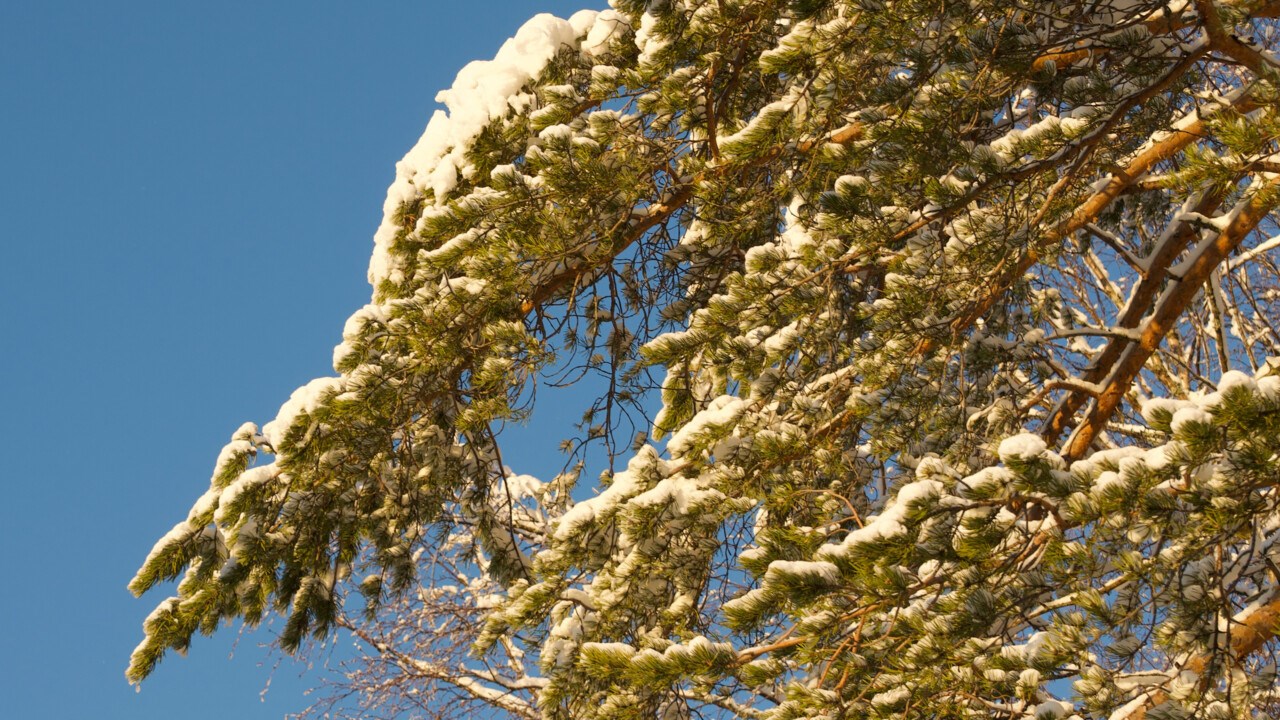More about the article
Bag, P., Shutova, T., Shevela, D., Lihavainen J., Nanda, S., Ivanov, A. G., Messinger J. & Jansson S.; Flavodiiron-mediated O2 photoreduction at photosystem I acceptor-side provides photoprotection to conifer thylakoids in early spring. Nature Communications 14, 3210 (2023). https://doi.org/10.1038/s41467-023-38938-z
Link to the news about the previous study published three years ago in Nature Communications
The previous article
Bag, P., Chukhutsina, V., Zhang, Z. et al. Direct energy transfer from photosystem II to photosystem I confers winter sustainability in Scots Pine. Nature Communications 11, 6388 (2020). https://doi.org/10.1038/s41467-020-20137-9



